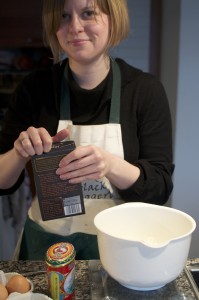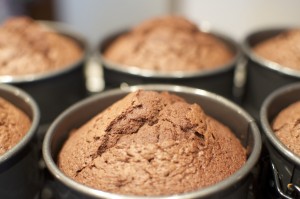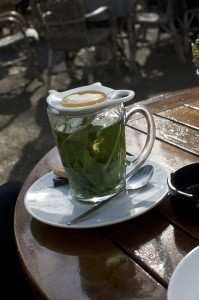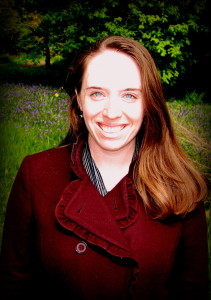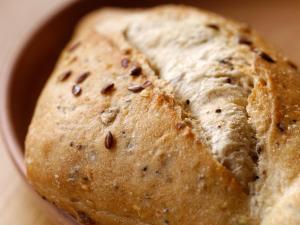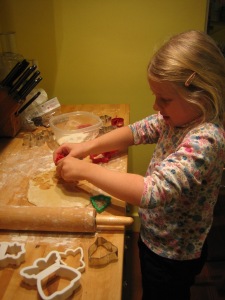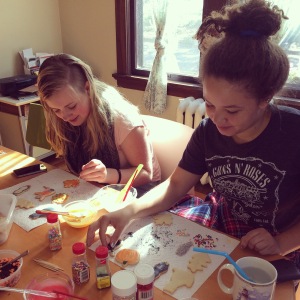The public library was a weekly haunt for me growing up. My mom and I would part ways at the door, she heading for the fiction section and me to the children’s room.
During one trip in my pre-teen years, I found the “Beany Malone” series by Lenora Mattingly Weber, and found another family to belong to—mine was actually quite wonderful, but these characters somehow connected with another part of me in the ways good characters do. I wanted to live next door to the Malones—and at the same time, I did. I spent so much of my free time at their home in Denver I could tell you just how old Beany was when she finally got her room painted “a shade halfway between robin’s egg blue and the sky in August.” Though they lived thirty years in the past, for me they were contemporaries. They lived knowing they were a family. I loved that about them. And when I emerged from my room to join my own family, the air of their camaraderie followed me down the stairs, and helped me see and name the good things my family brought to me.
Most of all, I loved their family meals. I loved watching how Beany, still a teenager, planned out the meals, using her ingenuity and thrift to keep the Malone table filled with good food, prettily presented.
But when it came time for extravagance and celebration, her older brother Johnny Malone was the one I wanted to see in the kitchen. I grew up believing his Lady Eleanor Cake was the epitome of cake-dom, with its fifteen egg whites and “feather light, velvety texture.” When the Lady Eleanor Cake was in the oven at the Malone house, it was my best indication the event was special. This extravagant cake—fifteen egg whites in wartime!—conferred value on people and events, and reminded me that the best creations are the ones we share with others.
I wondered about the cake, possibly obsessed about it. I wondered enough to purchase the Beany Malone Cookbook not once, but twice—each time amazed it didn’t include this essential Malone family recipe. I’m not sure why now, in adulthood, I decided to stop wondering and get busy in the kitchen, but I did, determined to create my own recipe for the Lady Eleanor Cake. Virtual meals, in fictitious places, can only sustain you so much. And it was time to move from Denver, in the 1940s, into the new century.
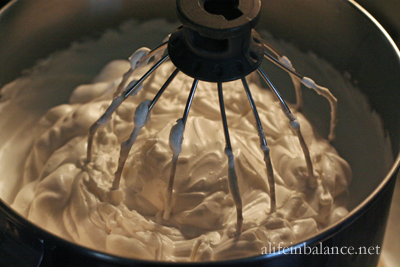 Something with fifteen egg whites most likely would be in the angel cake category, so I started there. But “velvety” is not how I would describe the spongy texture of angel cake. It needed a bit more depth. It needed more vanilla, a just a bit of the richness of egg yolk, along with the egg whites. I went through five variations, with my family gamely trying every version. We had an ever-changing mixture based on angel cakes, chiffon cakes, and a lemon cake, striving to get something worthy of the hours of daydreaming I’ve done about this cake over my lifetime. But it eluded me. Egg whites became a staple on my grocery list. By the end, my daughter knew when she heard the mixer going for ten minutes or so, she would be called upon about an hour later to judge if this version was both “feather light” and a “velvety texture.” It had to be both!
Something with fifteen egg whites most likely would be in the angel cake category, so I started there. But “velvety” is not how I would describe the spongy texture of angel cake. It needed a bit more depth. It needed more vanilla, a just a bit of the richness of egg yolk, along with the egg whites. I went through five variations, with my family gamely trying every version. We had an ever-changing mixture based on angel cakes, chiffon cakes, and a lemon cake, striving to get something worthy of the hours of daydreaming I’ve done about this cake over my lifetime. But it eluded me. Egg whites became a staple on my grocery list. By the end, my daughter knew when she heard the mixer going for ten minutes or so, she would be called upon about an hour later to judge if this version was both “feather light” and a “velvety texture.” It had to be both!
I considered it a significant moment when, on my birthday, I finally got the right proportion of ingredients. And a fictitious family from the 1940s, who had invited me to their home on a quiet street in Denver, Colorado, reached through the pages and joined my family in New York, helping us celebrate in style.
* * * * *
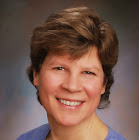 Andrea Doering is an editor, freelance writer, author of three books for children, and most recently The Children’s Table: Recipes and Meals Inspired by Favorite Children’s Stories. She lives in New York, just one block away from the children’s library.
Andrea Doering is an editor, freelance writer, author of three books for children, and most recently The Children’s Table: Recipes and Meals Inspired by Favorite Children’s Stories. She lives in New York, just one block away from the children’s library.
Mixing bowl photo by Barb Hoyer, on Creative Commons
